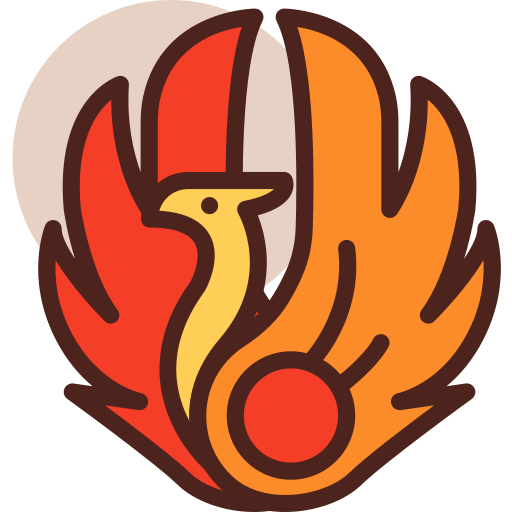Manuel Seoane was one of the most legendary strikers of his era. He was popularly known as La Chancha, and spent his whole club career at Argentine clubs such as Independiente, El Porvenir, and Boca Juniors.
He was widely renowned not only as a striker but for being a master strategist and team player who also excelled technically with the ball. There were very few strikers that were as good as him in the 1920's era.
Let us now look back at his memorable career.
Early triumphs
Seoane began his football journey with Argentina side Club Progresista at the age of 15. His highlight moment with them was scoring a brace in a practice match. This was followed by a switch to Independiente, where he made his official debut against San Lorenzo on 6th March 1921.
Independiente and Seoane won its first championship in 1922, with their legendary team back then labeled as the "Los Diablos Rojos" ("The Red Devils"). Along with the Argentine striker, the team had other notable players such as Raimundo Orsi, Zoilo Canavery, Alberto Lalín, and Luis Ravaschino.
Seoane's chapter at Independiente was nothing short of legendary, as he went on to score 241 goals for the club in 264 appearances. He was the Primera División top scorer on three occasions (1922, 1926 and 1929) during his career. Another league title was added to his collection as well in 1926.
A surprise transfer
In 1923, the Argentine was sent off after an incident with a referee, this led to his suspension from the "Asociación Argentina de Football" league. This resulted in his transfer to Argentine side El Porvenir, who were in the rival Asociación Amateurs de Football league. It was during his El Povenor stint that Seoane made his debut for the Argentina national team, where he formed the forward line with Cesáreo Onzari.
The striker had a dream debut for his nation, scoring a hat trick. In his 8 years with the national side, Seoane. took part in 19 matches. He managed to score a commendable 14 goals for Argentina.
The Boca years and homecoming
1925 was the year when Seoane joined Boca juniors, during their European tour. The trip was a success with the Argentine striker contributing to 16 of their 40 team goals. This year also saw his greatest ever international triumph, as Seoane led Argentina to the Copa América title. He finished the tournament as top scorer with 6 goals.
Seoane's previous punishment had eventually ended, and he returned to Independiente in 1926. He won the League Cup yet again with them, and even became their top scorer at the time with 76 goals.
The Argentine striker continued to play for Independence for the next 7 years till 1933,until his overweight issues took over. On 22 August 1934, the club organised a match in his honour and made a collection to buy him a house. A legendary gesture indeed for a legendary player who contributed so much for both club and country.
Seoane was not just a hero for all the clubs he played, but also an integral part of the national side at the time. He won 4 Copa América titles with America (1924, 1925, 1927 & 1929), and was an integral part of 3 of them (1925, 1927, 1929).
Life after football career
After his time as a player ended, Seoane became a successful football manager. In fact, he managed the Argentine national side between 1934 and 1937.
During his final years, Seoane was in charge of Independientes campground that was located in Quilmes, Buenos Aires. He took the rome after retiring from the textile industry where he had worked.
The legendary striker died in Quilmes on 21 August 1975, aged 73. His legacy will forever live on in Argentine football history.












